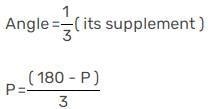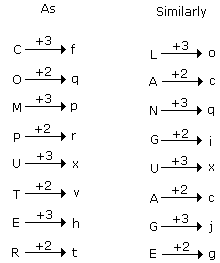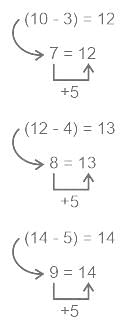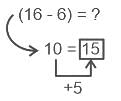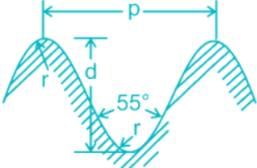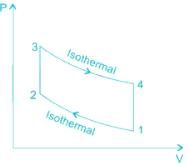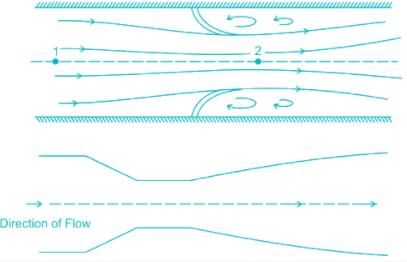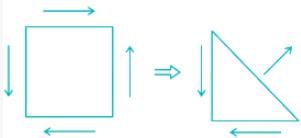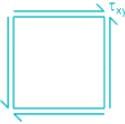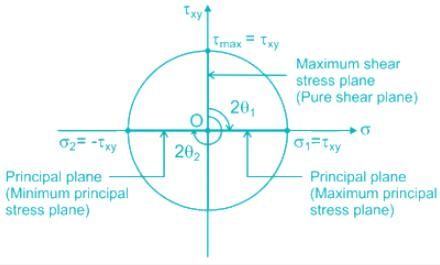HPCL Mechanical Engineer Mock Test - 8 - Mechanical Engineering MCQ
30 Questions MCQ Test - HPCL Mechanical Engineer Mock Test - 8
Find out the Synonym of the following word:
FORAY
Direction: In the following question, the sentences have been given in Active/ Passive Voice. From the given alternatives, choose the one that best expresses the given sentence in Passive/ Active Voice.
Some people were helping the wounded woman.
Direction: In the following questions, choose the word opposite in meaning to the given word as your answer.
Hasten
Directions: In this question, you need to replace the underlined part of the sentence with the most suitable idiom/expression given as option.
He was not agreeing to back off, as if he was arguing just for the sake of it.
Directions: In each of the following questions, a sentence has been given in Active (or Passive) Voice. Out of the four alternatives suggested, select the one that best expresses the same sentence in Passive/ Active Voice.
Do not disturb the patient.
The largest number which divides 70 and 125, leaving remainders 5 and 8 respectively, is
A car travels first 160 km at 64 km/hr and the next 160 km at 80 km/hr. What is the average speed for the first 320 km of the tour?
Find the volume of a cuboid whose length is 8 cm, width is 3 cm and height is 5 cm.
In a big garden 40% of the trees are mango trees. The number of mango trees is 80% of the number of guava trees. The rest of the trees are Jambolan trees. If the number of Jambolan trees is 40, what is the total number of trees in the garden?
Suraj can complete a work in 60 days. In how many days can he complete 80% of the work with 75% of his efficiency?
Which of the following is the product of 7/8 and -4/21?
An angle is equal to one-third of its supplement. Its measure is equal to :
Directions to Solve
In each of the following questions find out the alternative which will replace the question mark.
Question -
Computer : fqprxvht :: Language : ?
Direction: Study the following question carefully and choose the right answer.
If ACNE can be coded as 3, 7, 29, 11 then BOIL will be coded as ….?
Direction: Study the following question carefully and choose the right answer.
If STAFF is coded as $2#55 and FOLD is coded as 5@3% then how is STOLL written in that code language?
In a certain code, MONK is written as 53. How will TUTOR be written in that code?
Some equations are based on the basis of a certain system. Using the same solve the unsolved equation.
If 10 - 3 = 12, 12 - 4 = 13, 14 - 5 = 14, what is 16 - 6 = ?
What is the number of instantaneous centres of rotation for a 6-link mechanism?
In the pitot-tube the velocity of flow at a point is reduced to zero. That point is called as
Modulus of resilience for the below material is
Which of the following sand types is excellent for use in mortar and concrete work?
Which iron ore is mainly used in the production of cast iron?
The energy loss inflow through a nozzle as compared to a venturi meter is
What is the ratio of displacement thickness to momentum thickness for linear velocity distribution over a flat plate?
A cylindrical elastic body subjected to pure torsion about its axis develops
The critical pressure ratio for maximum discharge through a nozzle is given by






